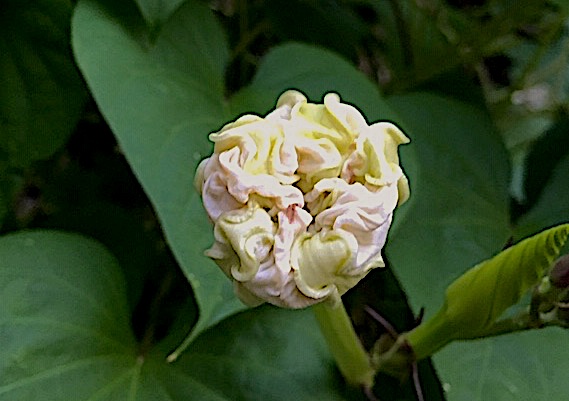However, my fascination with butterflies and moths dates back to my early childhood when masses of Urania leilus moths floated on the air in search of food and breeding grounds. We called them 'police butterflies' for their black coloring with highlights of blue, green and white. As kids we often found hundreds of these day-flying moths along roads and sidewalks as many were damaged or perished during their migration across the Caribbean and South America. Sadly, the phenomenon has become much less common in recent years.
I've absorbed lepidoptera information and started a little painting project. Unlike the abstract paintings 'field paintings' of the past 2+ decades, I rekindled a practice from my childhood: an exercise in seeing and reproducing details. I studied my many photographs of butterflies and moths and also looked at tons of images online. I wanted to give each painting a level of realism and render the subjects with their approximate wingspans and each in a size relative to other species. After a few hours of painting I found myself enjoying the focus on symmetry and detail. Now, a few months later, I have amassed a small collection of paintings.
You can find various versions of these paintings on Etsy under the shop name NaturalArtScapes.
Spicebush Swallowtail (Papilio troilus)
Monarch (Danaus plexippus)
These small paintings were made with acrylic and permanent ink on wood. They are meant to free stand or can be easily hung.
Anise Swallowtail (Papilio zelicaon)
Black Swallowtail (Papilio polyxenes)
 | ||||||
| Two Monarchs |
California Sister (Limenitis bredowii)
Eastern Tiger Swallowtail (Papilio glaucus)
This swallowtail is depicted on Buddleia davidii, a non-native species. Buddleia is considered an invasive weed by some gardeners. I've even heard it referred to as junk food for butterflies. I like it. I always have since I noticed it attracts hoards of butterflies. I am also fond of buddleia because I remember it growing as far south as in my mother's garden when I was a child in Trinidad. Very strange, knowing what I know now of this plant's growing range. But, I dare say that my mom was a miracle worker and grew all sorts of unusual plants. There is a Hydrangea macrophylla growing in her garden today.
 | |
| Red Admiral, Red Spotted Purple and Buckeye |
Other butterflies depicted include a Sulfur, Cabbage White, Painted Lady and a Fritillary. My personal favorite is one of the least colorful and not a butterfly. It is the Sphinx Moth. I will soon add the Mourning Cloak butterfly and Dog Face to my collection.
These and other lovely visitors are regulars in my Harlem garden. I have created a haven for them with attractive plants for food and habitat. They add a bit of magic to the garden and to a home.

























